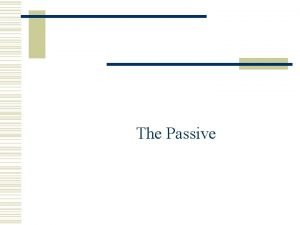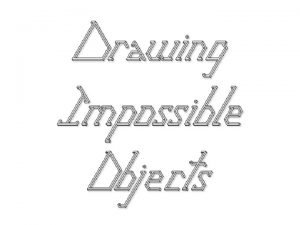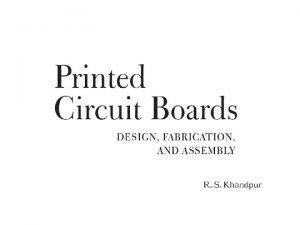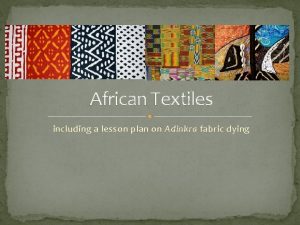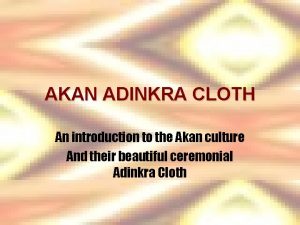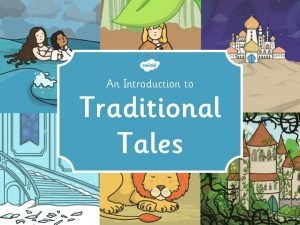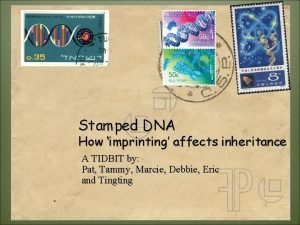Adinkra Adinkra is a printed or stamped traditional














- Slides: 14

Adinkra � Adinkra is a printed or stamped traditional cloth made by the Ashanti people in Ghana. � The centre of production is the village of Ntonso, where the cloth has been made for a long time, though no-one knows how long. � When the printers are asked, they say, "we Ashanti don't use dates or numbers. It was a long, long time ago. “ http: //www. oxfam. org. uk/coolplanet/o ntheline/schools/adinkra. htm

Adinkra cloth � Asante people of Ghana in West Africa make a cloth called adinkra. This involves hand printing patterns onto cloth. � First the printer makes a grid pattern with dye on the cloth using a comblike tool. Then it is decorated by stamping the squares with shapes and symbols with special meanings. � They make the stamps from the calabash shell - a type of gourd or hard shelled fruit. � They boil the bark of a tree with iron slag to make a dark dye. � The stamps are then dipped into the dye to print the symbols. The dye dries to a glossy black finish. � Dark adinkra cloths (often black and red) are used as mourning dress at funerals. The designs printed on the cloth have different meanings related to sayings and spiritual beliefs. � Brightly colored adinkra cloth is called kwasiada (Sunday) adinkra. It is used to make clothes for special occasions and everyday wear.

Home of Adinkra The Boakye family demonstrates, teaches, and sells adinkra cloth locally and internationally. For a demonstration, to buy adinkra, to arrange for a class, or for more information, please contact Gabriel Boakye at P. O. Box 4, Ntonso-Ashanti, Ghana, West Africa. Email: adinkrahome@yahoo. com. Telephone: 00 233 24 9977699 This slide and the following five slides are taken from the web pages and photographs of Carol Ventura: http: //iweb. tntech. edu/cventura/Adinkra. htm. (I am not sure all contact information is still correct. –dbs)

Adinkra Duro Medium To make adinkra duro medium (colorant), the outer bark of the Badie tree is cut away, then the inner bark is broken into pieces and soaked for 24 hours. It is then pounded for about 3 hours in a wooden mortar, boiled for several hours, strained through a plastic window screen, then boiled for 4 more hours.

Calabash Stamps The inside of a dry, thick-skinned calabash is covered with shea butter for a year to slightly soften it. Then Paul Nyamaah (telephone: 024345516 and 0243167605) cuts off a piece with a knife, draws the pattern onto the outer skin with a pencil, then carves away the negative space with a gouge.

Adinkra Stamps Pieces of raffia palm are hammered into the back of the stamp with a stone, then a cloth is tied over the ends to make a handle. To preserve the calabash stamps, they are soaked for a few minutes in hot adinkra duro to keep them bug-free between use.

Calabash Stamps http: //fiberfocus. blogspot. com/2009/02/crosscultural-collaborative-textile. html

What do adinkra symbols mean? An Akan scholar thinks that adinkra means ’to leave one another‘ or ’to be separated‘ and this links to the use of the cloth for mourning. Akan refers to a related group of peoples in Ghana and Côte D’Ivoire that includes the Asante. Adinkra cloths are thought to have a protective function and they communicate messages through their designs, which relate to sayings or proverbs. Proverbs and sayings are a very important part of Asante culture and are used in public speaking as well as in all kinds of art and decorative design. When a person uses them to make a point in an argument or discussion, he or she shows his/her wisdom and cultural knowledge, and adds weight to what they are saying. Aya (the fern) People may also choose designs with special meanings for cloth they wear at a funeral to give a particular message about the dead person or their relationship to him or her.

Adinkra Cloth Printing Wooden planks resting on blocks were covered with a 1" thick piece of foam rubber. Several symbols (which have specific meanings) were chosen from an adinkra chart, then Gabriel Boayke selected the stamps and Anthony Boakye decided their placement on the cloth. After the shedder cotton fabric (with a luster finish) was folded and laid on the foam rubber, small nails were driven through the edges of the cloth with a rock. Rocks were also placed along the edges of the cloth to keep it in place. A comb (whose tangs were wrapped with nylon cord to help pick up the colorant) was dipped into the adinkra duro, then pulled across the cloth freehand to delineate the sections to be printed. Although it requires practice and concentration, expert printers are able to talk on their cell phone and converse with onlookers while printing.

Printing One edge of the loaded curved stamp was placed onto the cloth, it was rocked across to the other edge, then it was lifted and dipped into the colorant once again to repeat the procedure.

Adinkra: a lesson plan � Look at Adinkra cloth design symbols and their meanings. � Choose two symbols that we do not already have that have personal meaning for you. � Draw or trace the designs onto stamp rubber or an eraser. � Carve away negative space with carving tools or Xacto knife.

Adinkra Lesson Plan � Choose paper or fabric with color of your choice. � Draw design lightly with pencil. � Prepare ink. � Roll onto pad. � Draw lines using comb or tooth-pick tool. Be sure you think about the measurements you want to use so that you have enough room for stamps.

Adinkra Lesson Plan �Stamp Adinkra design in pattern you have chosen. �Allow ink to dry. Iron to set dye.

A few uses for Adinkra
 Passivew
Passivew One way to cool chips mounted on the circuit boards
One way to cool chips mounted on the circuit boards Printed learning materials
Printed learning materials Printed learning materials
Printed learning materials Mission statement as a student
Mission statement as a student Printed words including dialogue
Printed words including dialogue Penrose triangle statue
Penrose triangle statue Billy wigglestick
Billy wigglestick Chapter 19 advertising
Chapter 19 advertising Signature over printed name meaning
Signature over printed name meaning Literary device scanner
Literary device scanner What is flush left headline?
What is flush left headline? Printed pages vs web pages
Printed pages vs web pages Circuit board reverse engineering
Circuit board reverse engineering 3 stages of plumbing
3 stages of plumbing
